Cover photo by: Matt Leeves- Luca Faloni
Globes have quietly evolved into symbols of a refined lifestyle. Where once travel was routine, it now reflects discernment, curiosity, and a deep appreciation for the rare and the remarkable. Each sphere offers a distinct flavour of luxury– not in opulence, but in authenticity.
Exploration today is driven by intention. Travellers seek meaning rather than mere movement, and they desire connection instead of just consumption. Globes rewards those who approach it with reverence, providing experiences that enrich the spirit and awaken the senses. Engaging with this captivating object means embracing a lifestyle characterised by depth, beauty, and the privilege of perspective.
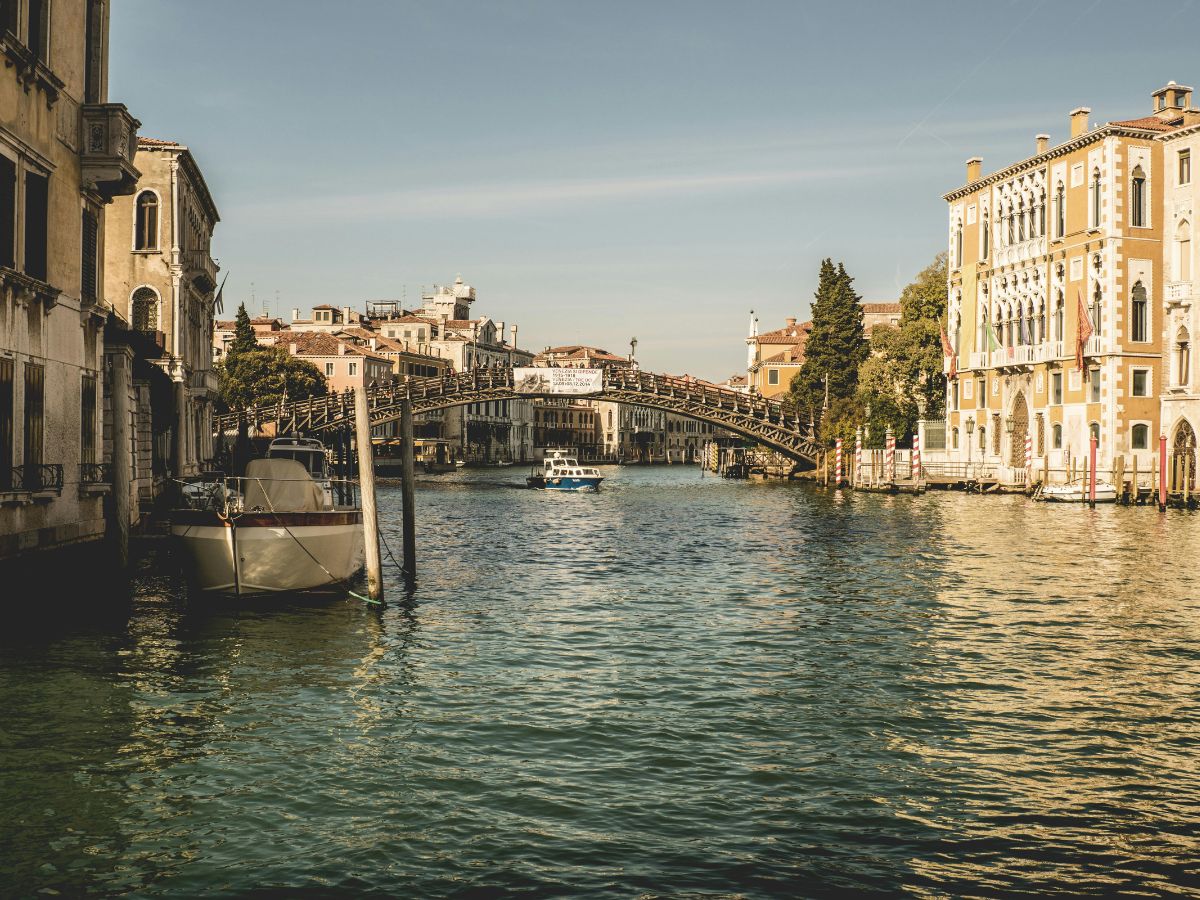
Globes as a Symbol of Power & Wonder
In 1683, the Venetian cosmographer Vincenzo Coronelli unveiled a pair of monumental globes for King Louis XIV of France. Each measured twelve Parisian pieds in diameter (3.9m), and mounted on their bases, they stood 6m high. These celestial and terrestrial spheres stood as emblems of dominance, intellect, and imperial ambition, far beyond their geographic function.
The creations were meticulously designed with extraordinary detail and scientific accuracy, reflecting the spirit of the age of discovery and the influence of royal patronage. These works were installed in the Marly Palace, where they captivated both courtiers and scholars with their impressive scale and advanced sophistication.
Today, Coronelli’s globes reside in the Bibliothèque Nationale de France, preserved as masterpieces of cartographic art. Their legacy endures not only in museums but in the rarefied world of modern globe makers who still create globes entirely by hand. In an age of digital maps and mass production, these handmade globes stand as heirloom art, symbols of enduring wonder and investment-worthy craftsmanship.
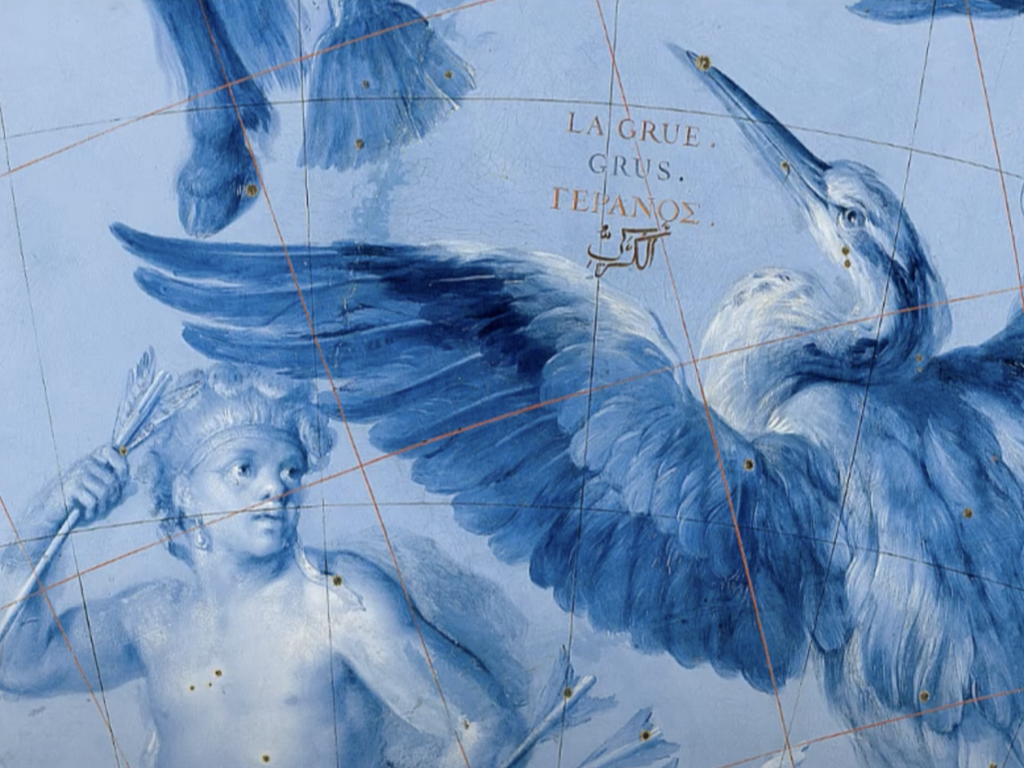
The Venetian Craft: Birthplace of Handmade Globes
Coronelli was a true visionary, brilliantly merging science, art, and philosophy into stunning spherical creations. As a dedicated member of the Franciscan order and the founder of the groundbreaking "Accademia degli Argonauti," the world’s first geographical society, he transformed globe-making into an esteemed intellectual endeavour. His masterpieces were rich expressions of cosmographic thought, beautifully embellished with mythological figures, allegorical scenes, and intricately engraved maps that invite exploration and wonder.
The Venetian tradition he represented was characterised by creativity and thoughtfulness. During that time, artisans collaborated across various disciplines, including papermakers, engravers, pigment grinders, and woodworkers. Every component, from the Fabriano paper to the copper-plate etchings, was handmade, reflecting a culture that valued precision and beauty. Coronelli’s globes were the pinnacle of this tradition, and their survival into the 21st century serves as a testament to the durability of traditional globe-making.
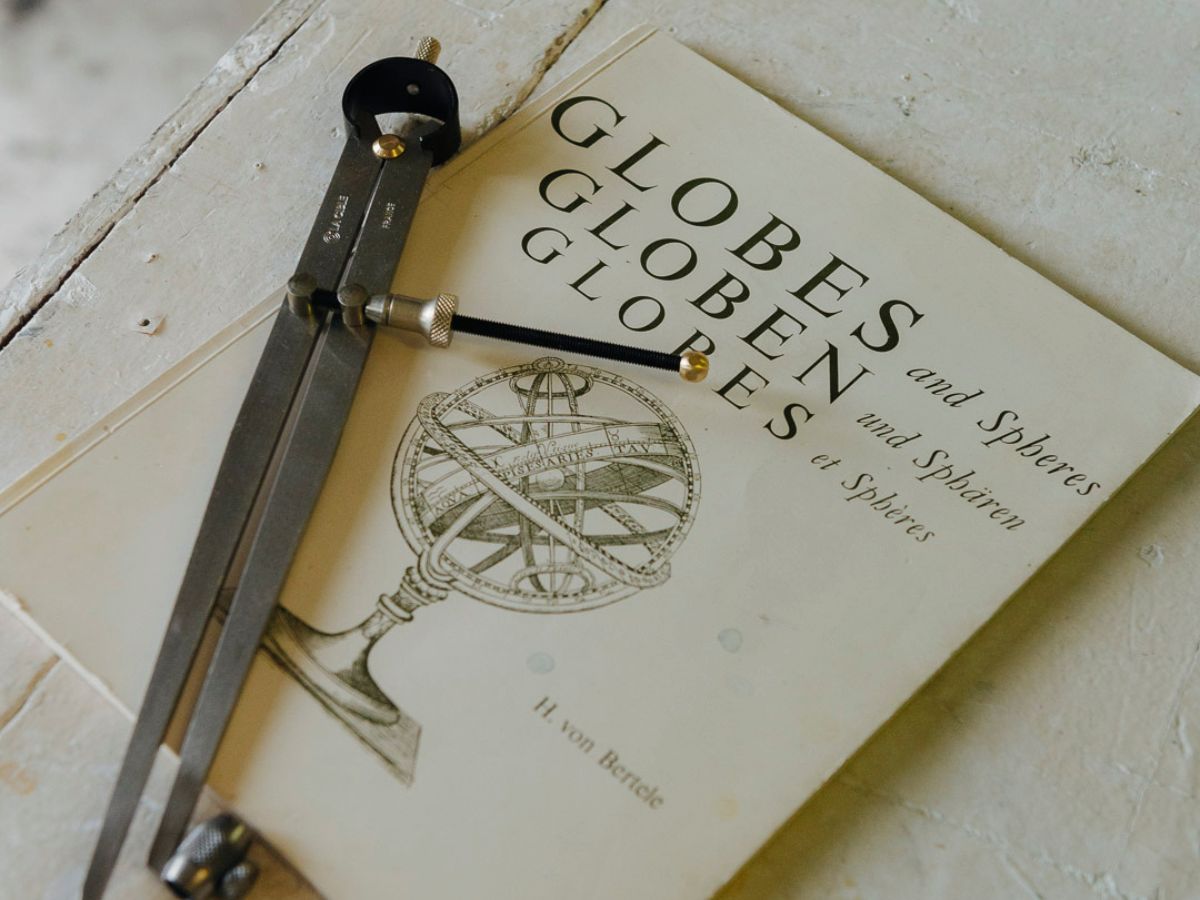
What Makes Handmade Globes So Rare Today
It's truly understandable why handmade globes have become so rare in our modern world. The craftsmanship involved in creating each piece is not only time-consuming but also demands a unique set of skills that many artists are finding hard to pass down. As technology advances and mass production takes over, these stunning pieces can often be disregarded, leaving a void for those who appreciate the artistry and personal touch that handmade globes offer. It’s a loss that resonates with many who cherish the beauty of these unique creations.
Crafting a Globe – Paper & Techniques
Creating a globe by hand requires patience, precision, and skill. It involves a blend of multiple disciplines that few individuals are trained in today. Following the Venetian tradition, the process begins with selecting the right handmade paper from Fabriano, a material known for its durability and texture, which is still produced in Italy using centuries-old methods.
This paper is carefully stretched over a wooden sphere, often made from linden, beech, or poplar, chosen for its smooth grain and stability. The surface is then coated with gesso and sanded to achieve a flawless finish, providing the canvas on which the world will be illustrated.
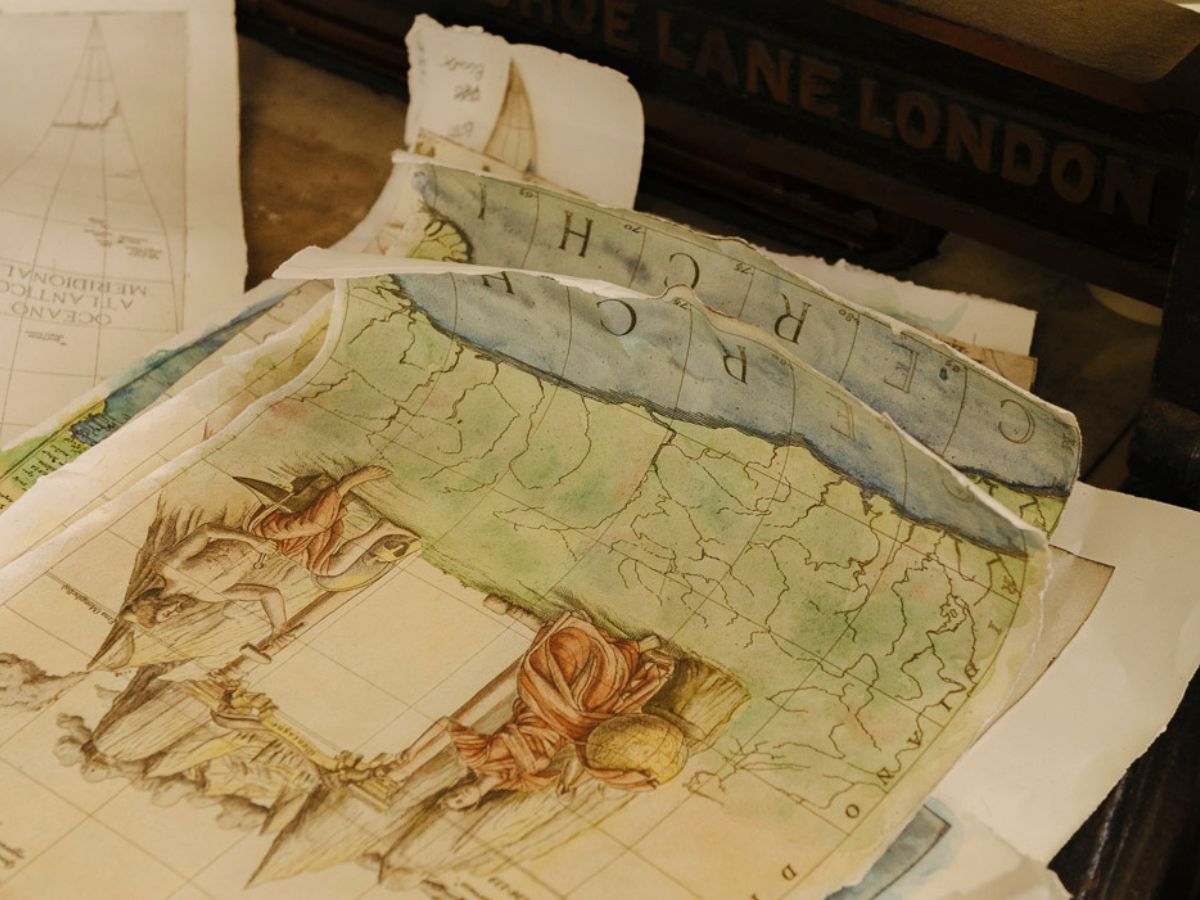
Next comes the preparation of pigments. Unlike synthetic inks used in mass production, traditional globe making relies on hand-ground mineral and botanical pigments, mixed with binders to achieve rich, archival colours. These dyes are applied to copper plates, which are etched with map segments known as gores. The copper-plate printing technique, an "intaglio" process, allows for extraordinary detail and depth, each line pressed into the paper with tactile precision.
Once printed, each gore must be meticulously trimmed, aligned, and glued to the sphere. This stage demands both mathematical precision and artistic intuition, as even the slightest misalignment can distort the geography. The globe is then sealed, varnished, and mounted on a custom base, often turned by hand and adorned with brass meridians or calligraphic embellishments.
The entire process can take months, sometimes years, depending on the complexity of the design and the level of personalisation requested.
Decorative vs Handmade Spheres
Most globes available today are mass-produced: digital prints on plastic spheres, manufactured in bulk for educational or decorative use. These factory-made worlds lack the tactile richness, historical fidelity, and emotional resonance of their handmade counterparts. The traditional techniques are nearly extinct, kept alive only by a handful of dedicated artisans who view globe making not as a job, but as a calling.
The difference between a decorative and a handmade globe goes beyond quality; it reflects a difference in philosophy, intention, and soul. Decorative globes, often found in home décor stores or online marketplaces, are designed primarily for visual appeal. They're typically made from synthetic materials, with digitally printed maps adhered to plastic spheres. While these spheres may try to mimic antique aesthetics, they're products of industrial design, optimised for cost and speed rather than authenticity.
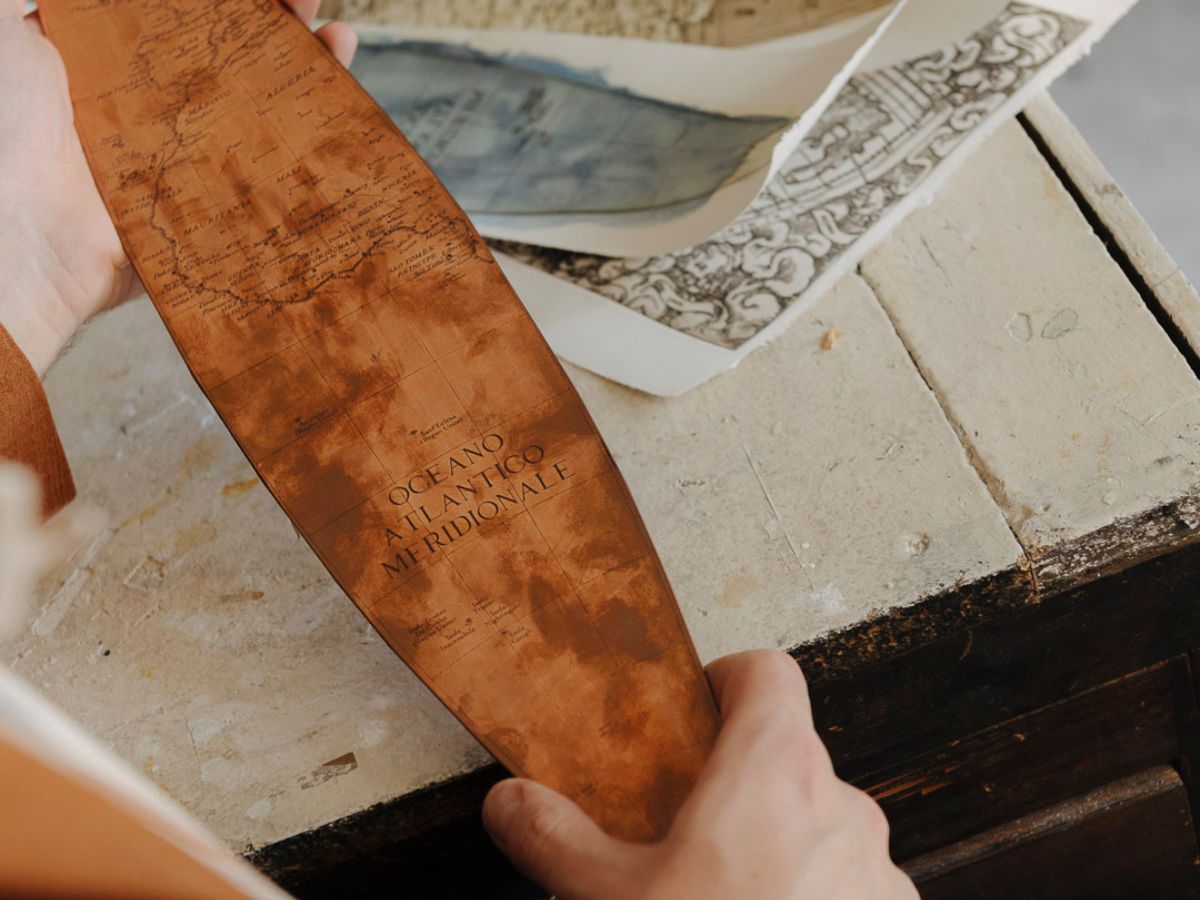
In contrast, handmade globes are created through the crafter's passion. Each one is a unique piece, shaped by the hands and vision of its maker. The materials used– such as natural wood, archival paper, and mineral pigments, infuse the creation with warmth and character. The imperfections in these globes are not flaws; rather, they're testaments to the human touch: a slightly uneven line, a brushstroke that reflects the artist’s rhythm, or a patina that deepens over time.
These products are bespoke objects, often commissioned by collectors who seek more than decoration. A handmade globe invites interaction: it asks to be touched, studied, and admired. It becomes a focal point in a room, a conversation starter, a mark of curiosity and grace. It carries the legacy of traditional craftsmanship, reflecting the work of Coronelli and other international masters.
For collectors and connoisseurs, the appeal lies in the uniqueness and emotional depth of the piece. A handmade globe is not a replica, but an original. It cannot be duplicated by a machine or algorithm, and includes narratives within its sphere: the story of its creation, the tale of the world it depicts, and the account of the person who commissioned it. It is, in every sense, a work of investment art, an object that transcends function and enters the realm of cultural heritage.
Where Cartography Meets Collecting
Art collectors often discuss provenance, rarity, and emotional impact, all of which are high points of handmade globes. These worlds are produced in limited quantities, often as unique commissions. Each materials age gracefully, and the themes, such as exploration, mythology, and geography, remain timelessly relevant.
More importantly, these objects are built to last. For instance, Coronelli's globes have survived for over three centuries. Museums around the world preserve globes from the 17th and 18th centuries, treating them as cultural treasures. When a collector acquires a handmade globe today, they are investing in a heritage.
This psychology is similar to acquiring a Stradivarius violin or a hand-bound manuscript. The value lies not only in the object itself, but also in its lineage, craftsmanship, and capacity to transcend time. A collector's globe is not just admired– it's also inherited.
Case Study – Il Globo Dantesco
One of the most captivating projects I’m working on is "Il Globo Dantesco" (The Dantean Globe), a luxury globe commissioned by a private client almost two years ago.
The journey began with an in-depth exploration of Dante’s Divine Comedy: mapping its imagined landscapes and decoding its symbolic geography. From there, I moved into the meticulous process of drawing and engraving copper plates, guided by the strategies of Vincenzo Coronelli.
The piece, titled "The Globe from Dante to Coronelli", weaves together Dante’s 14th-century cosmology with the artist's cartographic mastery, creating a singular fusion of literature, history, and craftsmanship.
From the beginning, I knew this project needed to blend literature, symbolism, and traditional strategies. I wanted to transform Dante’s journey through Hell, Purgatory, and Paradise into a spherical narrative. This design would allow my client to touch, turn, and reflect on it. I aim to create an experience that connects deeply, making Dante’s complex themes of redemption and morality easier to understand. I want to invite to think about these important ideas as they interact with the narrative.
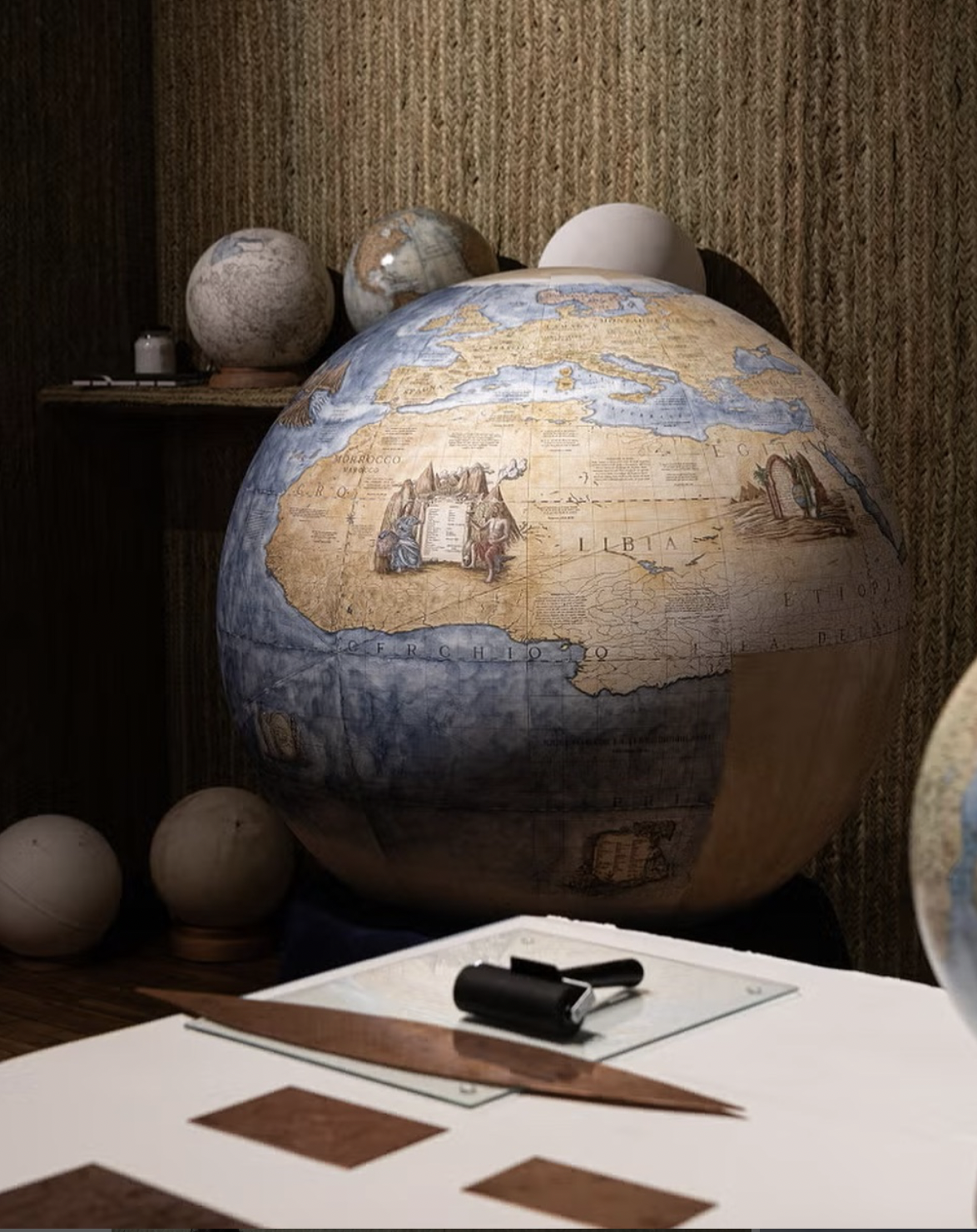
Navigating Into the Artist's Soul
Creating such a distinctive globe is a meditative process. It demands privacy, research, and a profound connection to the poet's words and the client's vision. I spent countless hours studying the text, sketching interpretations, and experimenting with compositions that would celebrate both the literary depth and the visual harmony of the world.
The result? A narrative sculpture, a philosophical artefact, and a vessel of storytelling.
To me, it represents a passionate extension of my artistic legacy, embodying the enduring essence of handcrafted globes and the everlasting significance of skilled artisan craftsmanship. It shows that the skill of globe-making is far from obsolete; it can be rejuvenated through a deep passion, meticulous attention to detail, and a dream embedded with imagination and purpose. This living testament showcases the beauty of making something tangible and unique: each orb is a piece of art that tells a story of dedication and artistry.
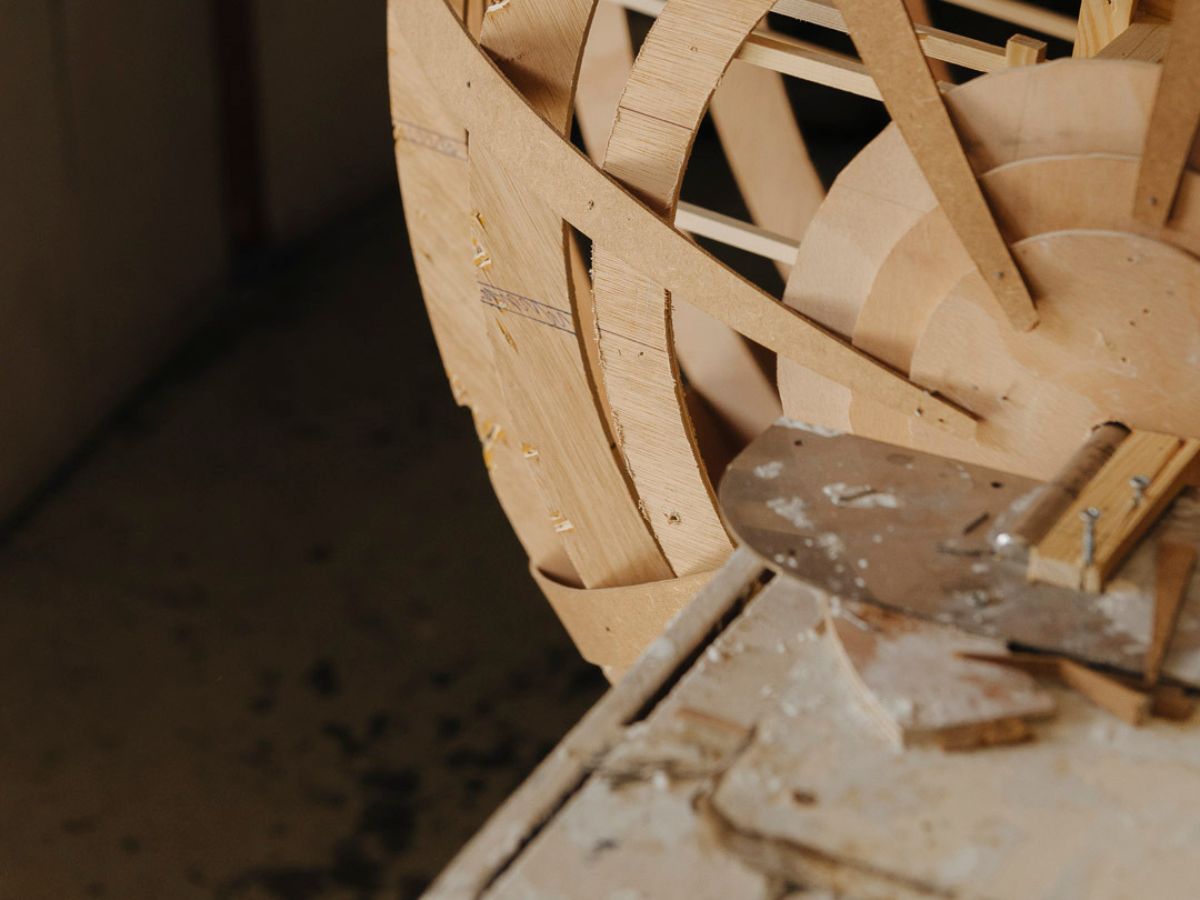
Preserving Craft for the Future
The preservation of handmade globes is essential for cultural heritage. These globes encapsulate centuries of knowledge, passion, and dedication, serving as tangible representations of a worldview enriched by inquiry and skill. In an era dominated by fast, disposable products, handmade worlds emerge as a thoughtful option, embodying values such as patience, precision, and durability.
Maintaining this tradition requires deliberate efforts. Commissioning a handmade globe today acts as a form of cultural patronage that supports endangered craft techniques, including copper-plate printing, hand-ground pigment preparation, and the careful application of high-quality paper. Additionally, this patronage aids the few remaining globe makers committed to perfecting this intricate art form, ensuring that these valuable skills are passed down through generations.
For collectors, designers, and historians, investing in a globe is a way to engage in the protection of craft. It represents a stance against disposability and digital uniformity, and advocates for slowness, authenticity, and objects that gain meaning over time.
Globes serve multiple purposes, including educational, philosophical, and personal dimensions. They provide insights into geography, history, and our own identities. Additionally, they act as connections between generations; a custom-made orb created today could eventually find its place in a library, museum, or family study, where future generations will appreciate it as more than just a geographical representation, but as a piece of heritage.
In this regard, they can be seen as heirloom art– objects that encapsulate narratives spanning centuries, linking historical figures such as Kings and Masters, to contemporary collectors who recognise the significance of timeless craftsmanship.
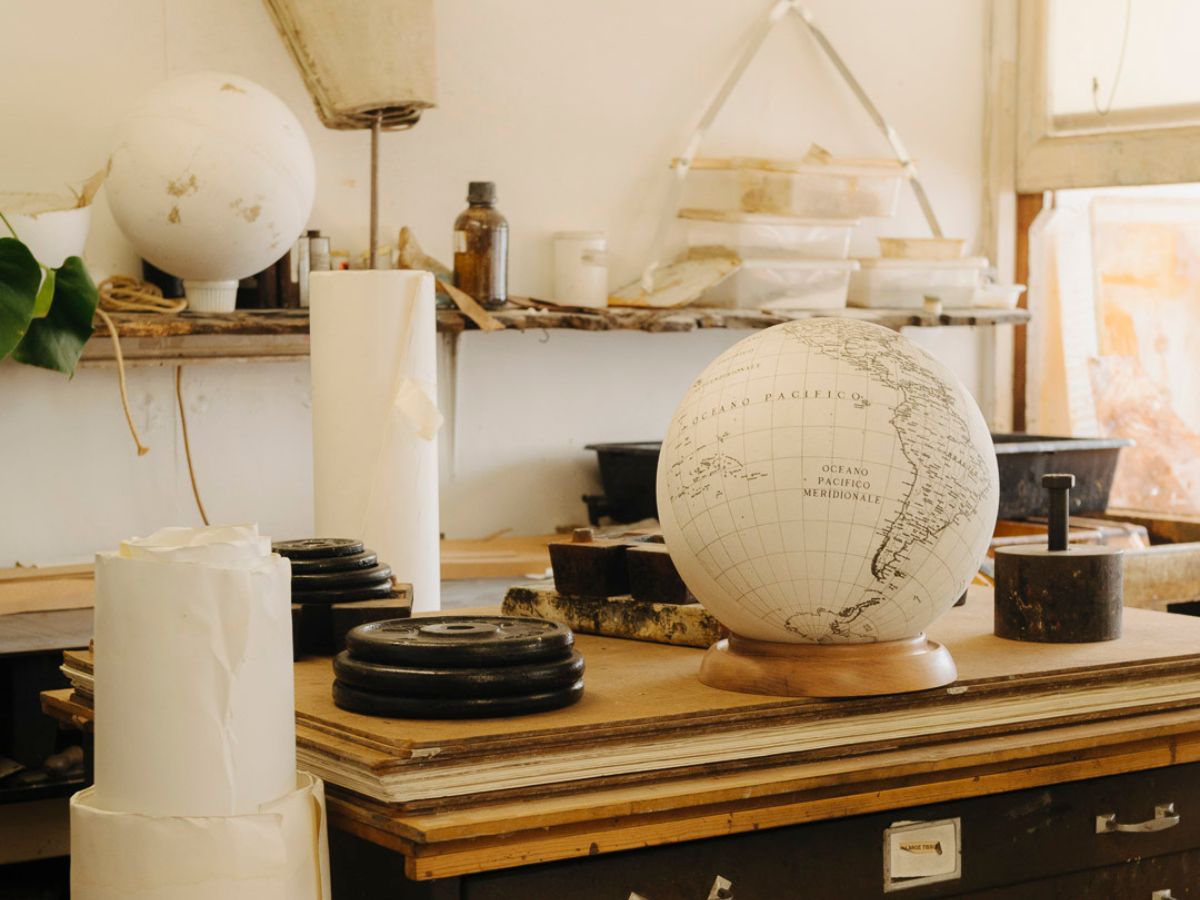
Owning the World, One Sphere at a Time
Across centuries, globes have held a unique power to enchant as reflections of how we imagine and interpret the world. They invite us to trace the contours of continents and the boundaries of belief, to hold history in our hands and contemplate our place within it.
Whether commissioned by royalty or crafted for private collectors, these spheres embody a dialogue between science and art, precision and poetry. Each globe is a quiet monument to curiosity, a timeless object that speaks to the human desire to understand, to possess, and to preserve.
Begin Your Journey in the Studio
If you’re inspired by craftsmanship, heritage, and the poetic allure of the world rendered in spherical form, I invite you to arrange a visit to my studio, where the art of traditional globe-making is not only preserved but reimagined for the present.
Experience the process firsthand, engage with the materials, and perhaps begin a journey toward owning a globe that becomes part of your personal narrative and a lasting piece of history.
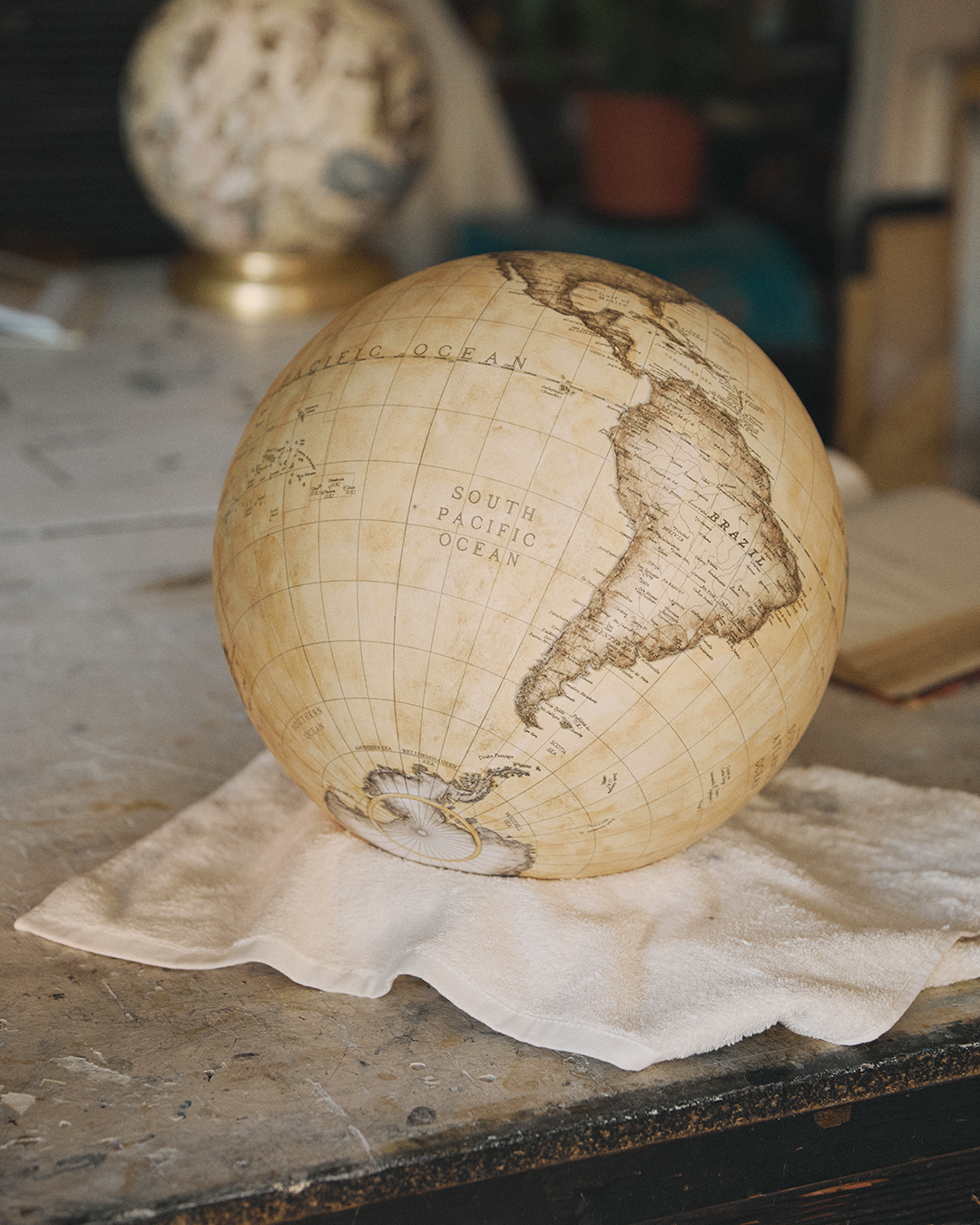
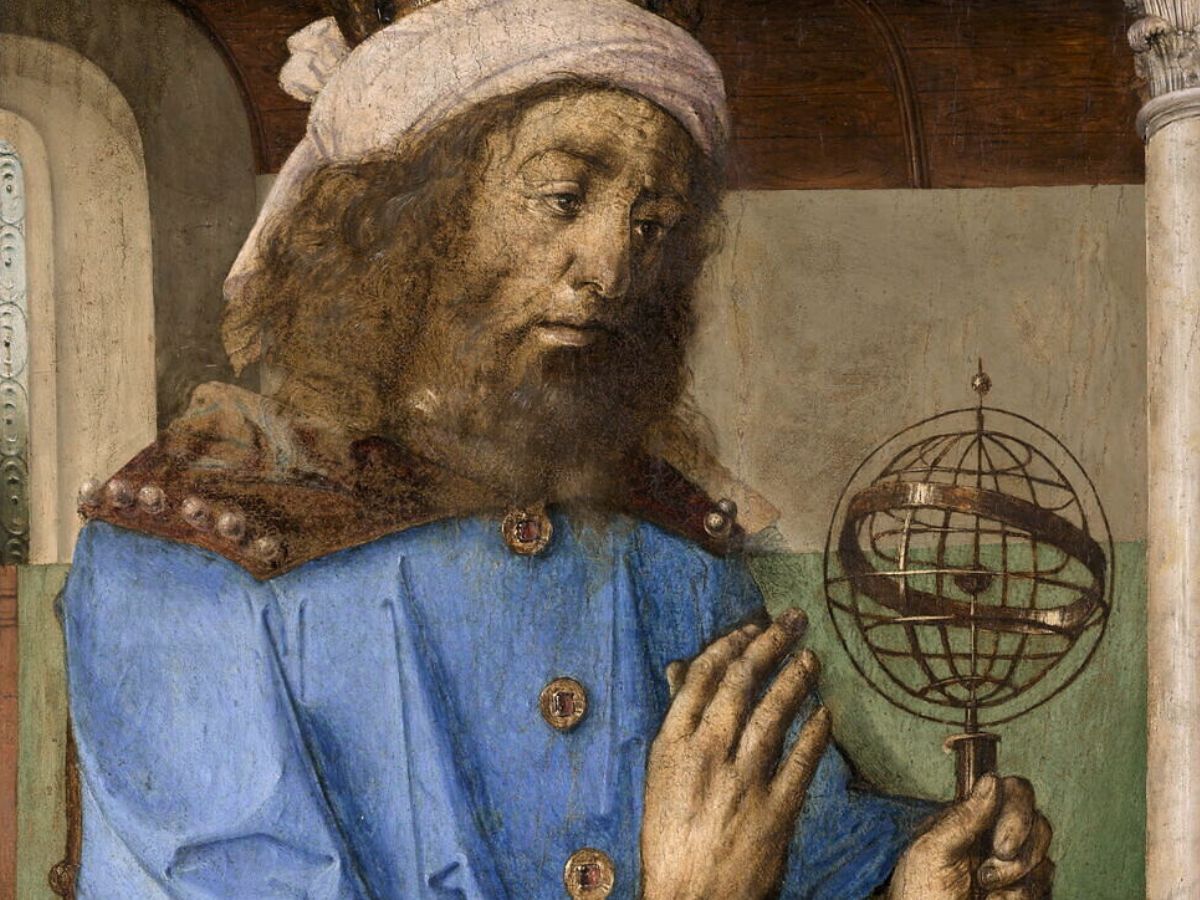

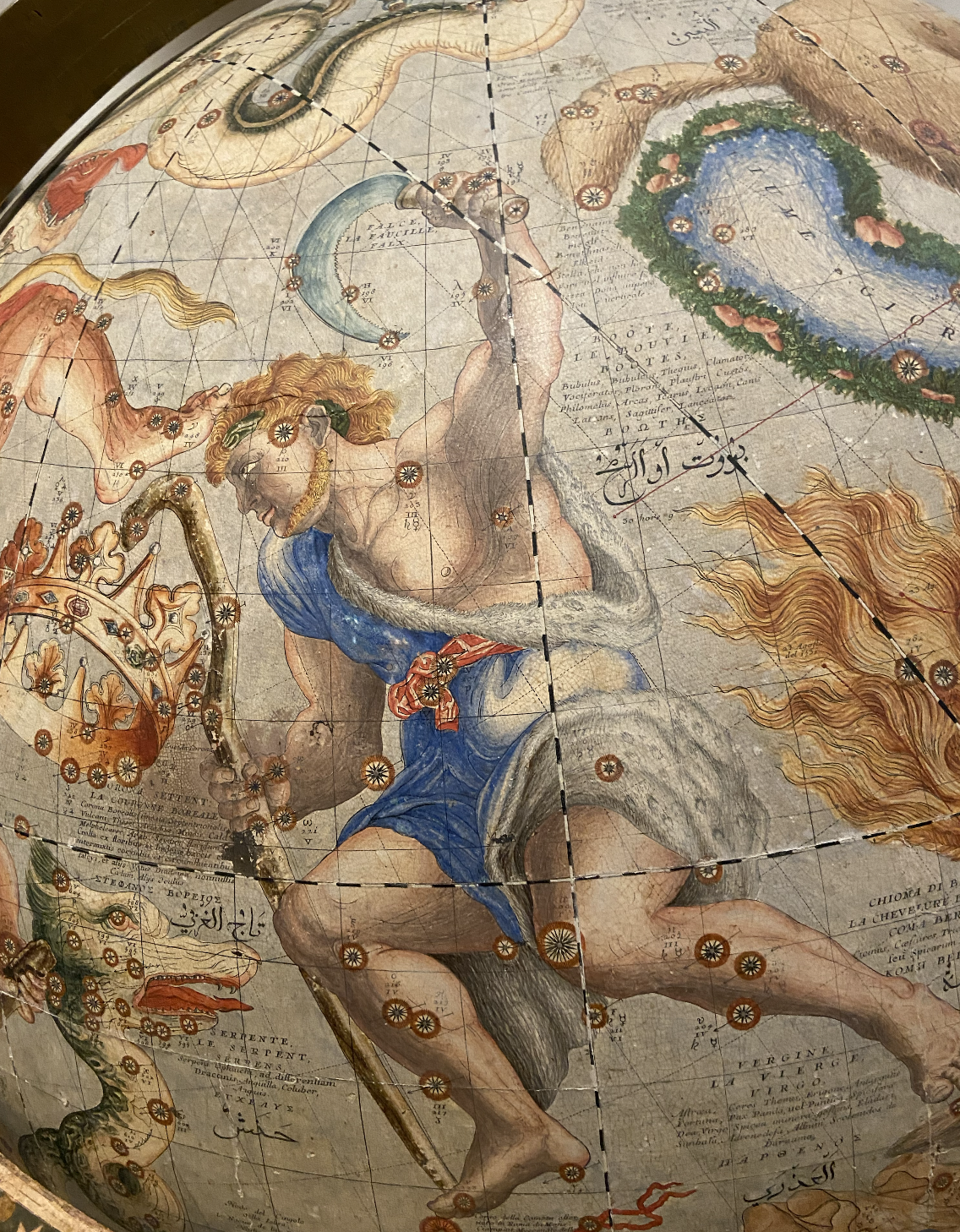



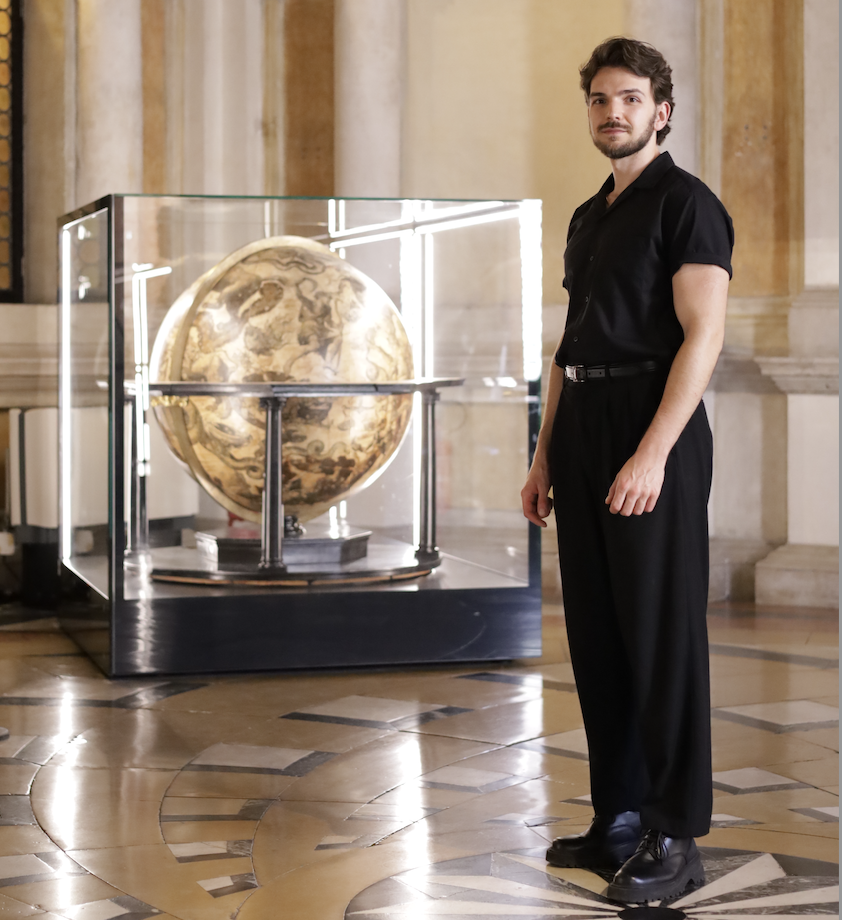



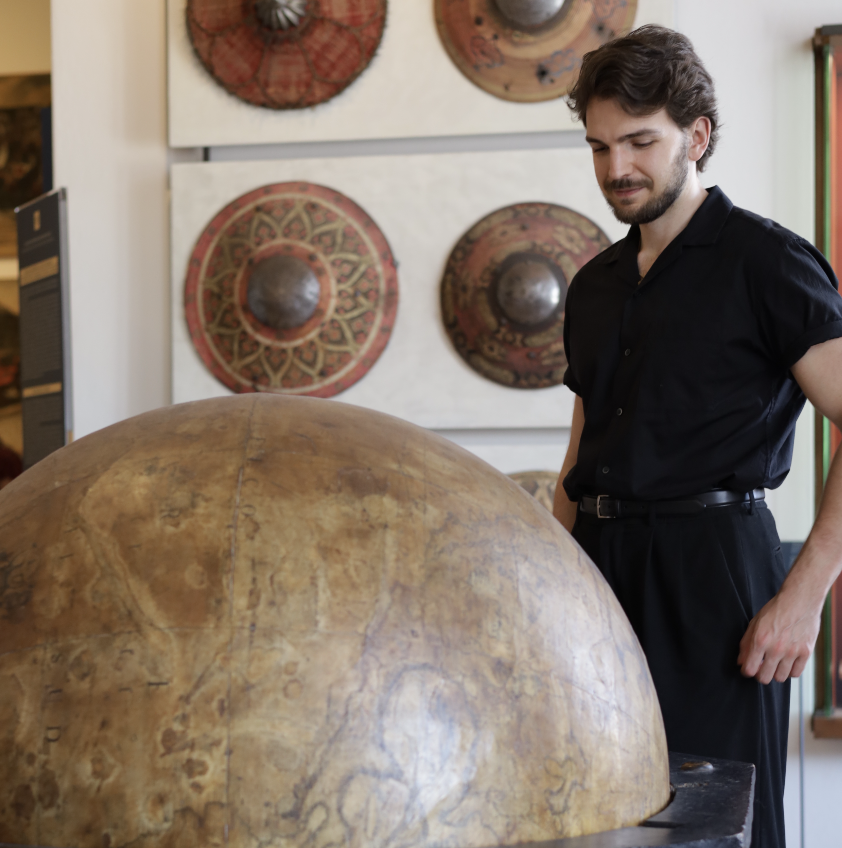
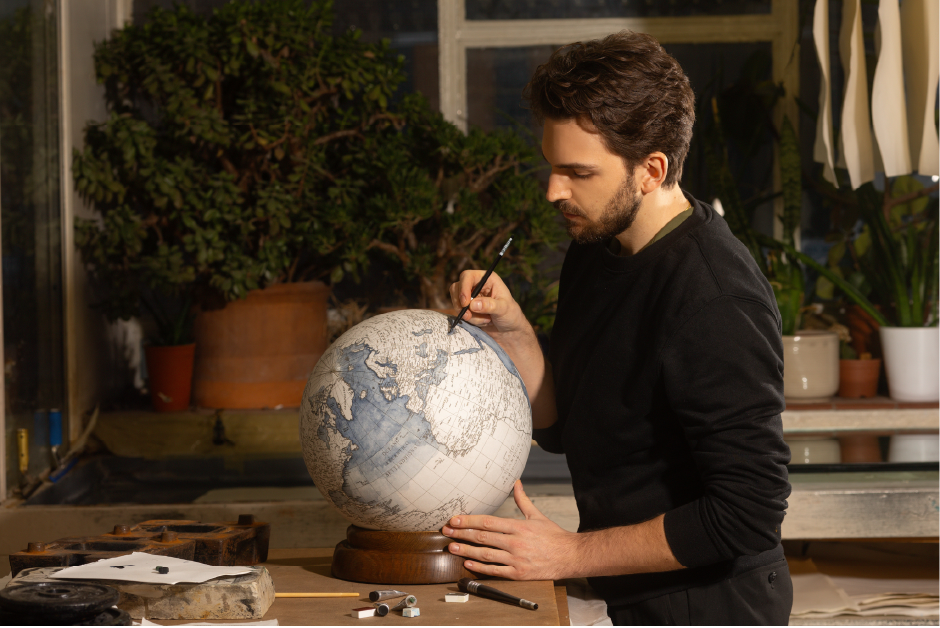
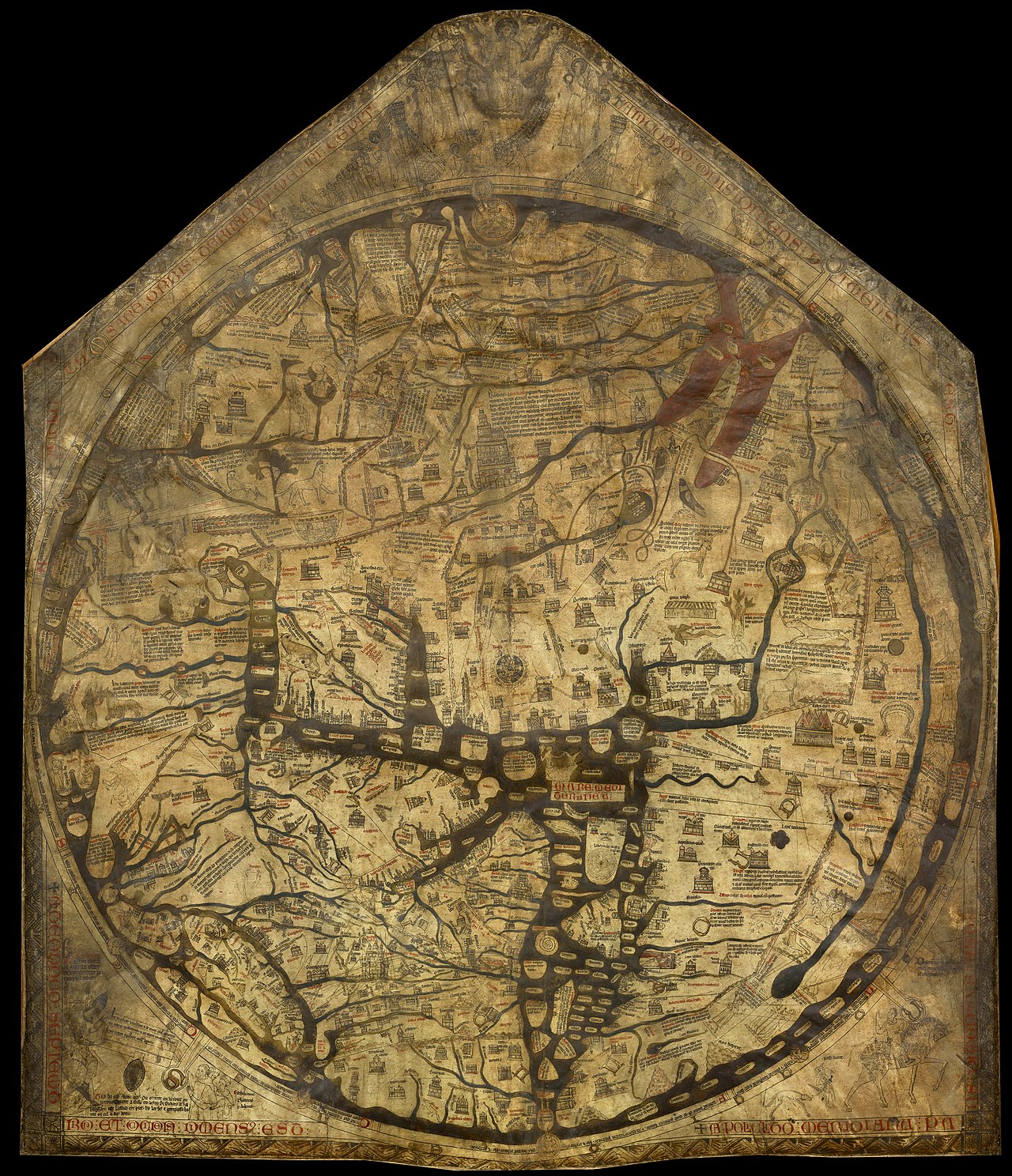










.avif)